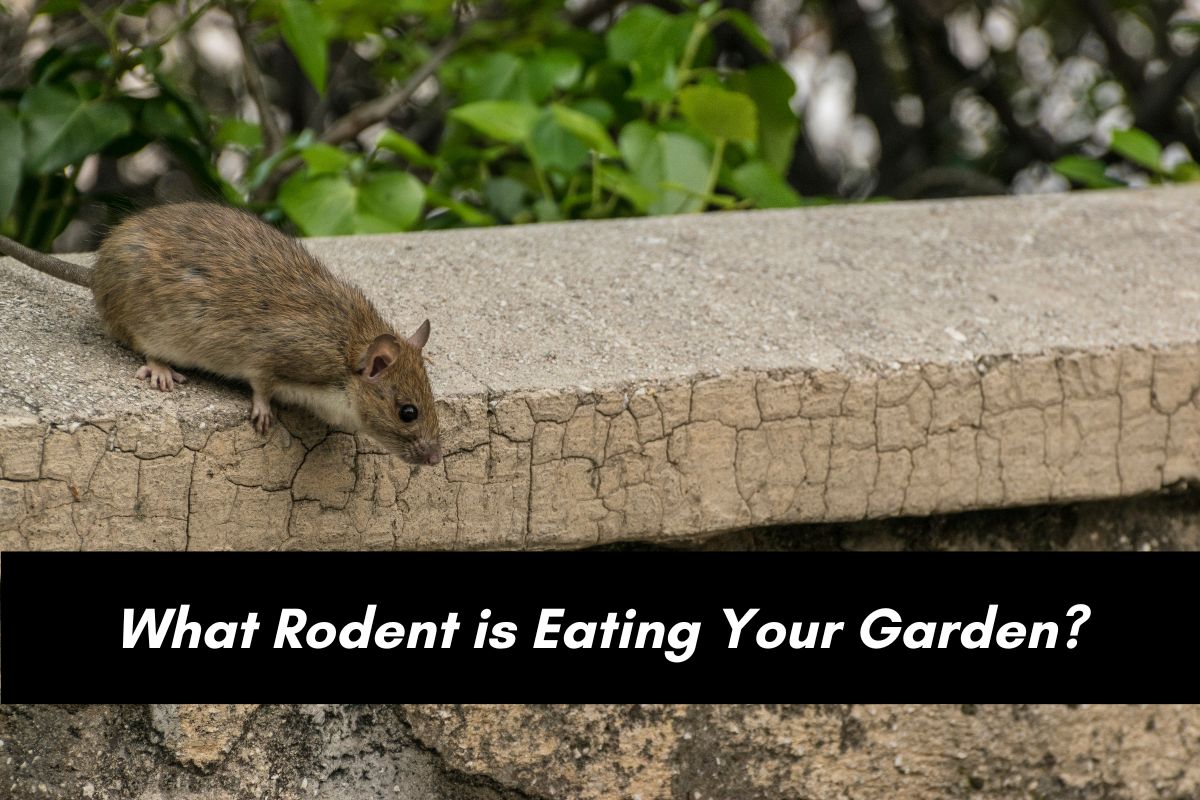
What Kinds of Squirrels Do We Have in Greensboro
- Posted by JoeyO
- On October 26, 2020
- 0 Comments
In North Carolina, we think of the eastern gray squirrel when we think of “squirrel” — they are even our state mammal! But the Sciuridae family, from which we get the name squirrel, is actually a bit wider than you may realize. In fact, there are a few rodents running around this state which you are likely familiar with, but just didn’t know they were squirrels.
Here are the main varieties of squirrel in North Carolina, starting with the most surprising ones.
Groundhog: Also known as the woodchuck, the groundhog is a marmot, or “ground squirrel.” Groundhogs are large, averaging 8 pounds, and have shorter tails than tree squirrels. They also live in extensive underground dens, which they dig in dry areas to avoid flooding. Their diets consist of grass and berries they find in the area directly around their dens so they don’t get caught by predators by wandering too far from escape.They are found in most of the state, other than the coast and sandhills.
Eastern chipmunk: Also sometimes surprising to people, chipmunks are squirrels. This 12-inch (including the tail) rodent has some characteristics of a ground squirrel, burrowing their homes underground, but are expert climbers and collect nuts like tree squirrels. They will often stuff their cheeks very full with food, not just nuts, but insects, seeds and vegetation. Chipmunks have light brown fur with black and white stripes along the back.
Flying squirrels: Because more people have seen flying squirrels in documentaries or at the zoo than in real life, they may not realize that North Carolina actually has TWO varieties of flying squirrels in the state. The northern flying squirrel and the southern flying squirrel are separate species, but they have a lot in common, not including the flying. They are both much better at gliding than walking, so they will not spend much time on the ground to avoid being eaten by predators. Also, they are both nocturnal, live in the western part of the state and have a diet that includes bird eggs and hatchlings. The main differences between the two are that the southern flying squirrel has a white belly and is smaller.
American red squirrel: These smaller, reddish tree squirrels are found exclusively in the Blue Ridge region of the state. The American red squirrel, also called the chickaree or pine squirrel, rely on conifer trees that are not found in the Piedmont or eastern parts of N.C. They are diurnal and live off a diet of nuts.
Fox squirrel: If the American red squirrel is a smaller version of the common gray squirrel, the fox squirrel is its beefed-up cousin. The fox squirrel is about double the size of the gray squirrel and gets its name for almost appearing like a small fox at first glance. Their fur is often black, gray and white, but some have reddish or brown fur. In North Carolina, they are found mostly in the eastern part of the state but with a healthy population in the northwest as well. Their diets and nesting habits are similar to the eastern gray squirrel, which will be discussed below.
Eastern gray squirrel: Last but not least, the eastern gray squirrel is present in every county and is likely the most frequently seen mammal in North Carolina. This gray rodent has a white belly and long, bushy tail. A gray squirrel makes its home in tree cavities, but if none is present, they will instead build a leaf nest among the tree branches. Their diet is mainly nuts and they are diurnal, meaning they are active during the day.
Do you live in Guilford, Forsyth or Alamance counties and have questions about squirrels on your property? Are they causing property damage or maybe are behaving erratically? Critter Control of the Triad can assist immediately. Call (336) 370-0445 today.











